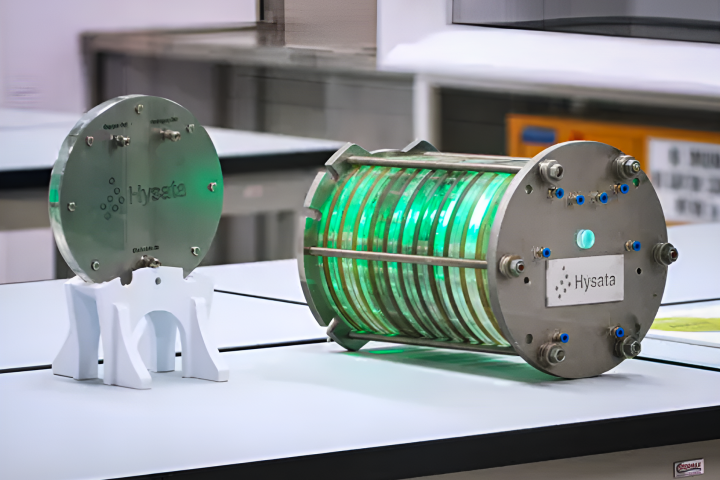When a person suffers paralysis, a fully functioning brain can be trapped inside an immobile body. More and more, brain-computer-interface (BCI) technology is coming to the rescue in such cases, allowing paralyzed people to do everything from operating a speech computer to controlling an exoskeleton using only their thoughts. Now researchers who are part of an international consortium called BrainGate have achieved another milestone, having developed a way for people to type at a faster speed than ever before possible using their minds.
While the idea of using thoughts to steer a cursor on a screen isn't new, previous attempts at the technology have not really been responsive enough to roll out into the real world. The technology developed by the BrainGate researchers may change that.
"This study reports the highest speed and accuracy, by a factor of three, over what's been shown before," said Krishna Shenoy, one of the senior co-authors on the study. "We're approaching the speed at which you can type text on your cellphone."
The advancement consists of two parts.

First is the implant. Unlike other BCI devices that are placed on either the scalp or the surface of the brain, the system used here is implanted inside the brain where 100 electrodes connect with the electrical activity of individual nerve cells in the motor cortex. The device, which is known as the BrainGate Neural Interface System, is a silicon chip, about the size of a baby aspirin, and the electrodes penetrate into the brain at roughly the thickness of a quarter.
The second part of the system is a series of algorithms developed by Shenoy's lab that takes the signals received by the embedded chip, translates them into actions – in this case, moving a cursor around a computer screen and clicking on the desired letters – and feeds them through a computer cable.
The system was tested on three people, two suffering from ALS (Lou Gehrig's disease) and one who had injured his spinal cord in an accident. They received minimal training and took well to the system, with one participant – Dennis Degray of California – maxing out at about eight words per minute. "This is like one of the coolest video games I've ever gotten to play with," he said. "And I don't even have to put a quarter in it."
"Our study's success marks a major milestone on the road to improving quality of life for people with paralysis," said Jaimie Henderson, MD, professor of neurosurgery, who performed two of the three device-implantation procedures at Stanford Hospital. The third implantation took place at Massachusetts General Hospital.
The results of the research have been reported online in the journal eLIfe. The video below provides more details about the work.
Source: Stanford Medical Center






